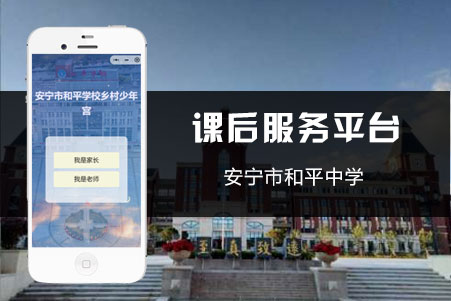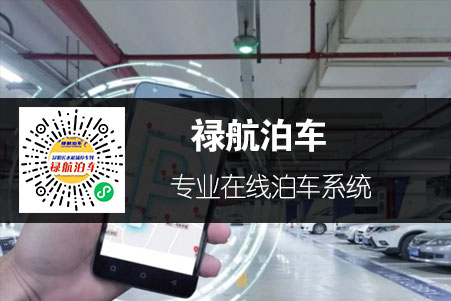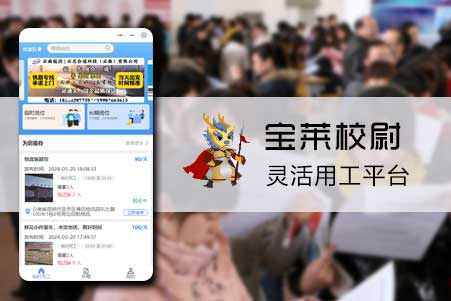學習筆記二十六:事件處理(二)
發表時(shí)間:2020-11-13
發布人(rén):融晨科技
浏覽次數:60
在(zài)這(zhè)個(gè)并非盡善盡美的(de)世界上(shàng),勤奮會得到(dào)報償,而(ér)遊手好閑則要(yào / yāo)受到(dào)懲罰。——毛姆
本講内容:MouseEvent 、MouseMotionListener
一、MouseEvent 讓鼠标能知道(dào)鼠标按下的(de)消息、知道(dào)點擊的(de)位置等五個(gè)方法。
MouseMotionListener鼠标拖動坐标、鼠标移動坐标二個(gè)方法。
public class Text extends JFrame {
MyPanel mb=null;
public static void main(String[] args) {
Text t=new Text();//每定義一個(gè) t 都會産生一個(gè)對應的(de)this
}
public Text() {
mb=new MyPanel();
this.addMouseListener(mb);//添加監聽
this.addMouseMotionListener(mb);
this.add(mb);
//設置窗體屬性
this.setTitle("技術大(dà)牛—小勁");
this.setLocation(300, 300);
this.setSize(400,400);
this.setVisible(true);
this.setDefaultCloseOperation(JFrame.EXIT_ON_CLOSE);
}
}
class MyPanel extends JPanel implements MouseListener,MouseMotionListener{
public void paint(Graphics g) {
super.paint(g);
}
//MouseListener 接口方法
//鼠标被點擊(鼠标按下然後松開後執行)
public void mouseClicked(MouseEvent e) {
System.out.println("鼠标點擊了(le/liǎo) x="+e.getX()+"y="+e.getY());
}
//鼠标移動到(dào)MyPanel
public void mouseEntered(MouseEvent e) {
System.out.println("鼠标移動到(dào)MyPanel");
}
//鼠标離開MyPanel
public void mouseExited(MouseEvent e) {
System.out.println("鼠标離開MyPanel");
}
//鼠标按下
public void mousePressed(MouseEvent e) {
System.out.println("鼠标按下");
}
//鼠标松開
public void mouseReleased(MouseEvent e) {
System.out.println("鼠标松開");
}
//MouseMotionListener 接口方法
//鼠标拖動
public void mouseDragged(MouseEvent e) {
System.out.println("鼠标拖拽的(de)當前坐标 x="+e.getX()+"y="+e.getY());
}
//鼠标移動
public void mouseMoved(MouseEvent e) {
System.out.println("鼠标當前坐标 x="+e.getX()+"y="+e.getY());
}
}
二、KeyListener 鍵盤事件有三個(gè)方法。WindowListener 窗口事件有七個(gè)方法。
public class Text extends JFrame {
MyPanel mb=null;
public static void main(String[] args) {
Text t=new Text();
}
public Text() {
mb=new MyPanel();
this.addKeyListener(mb);
this.addWindowListener(mb);
this.add(mb);
//設置窗體屬性
this.setTitle("技術大(dà)牛—小勁");
this.setLocation(300, 300);
this.setSize(400,400);
this.setVisible(true);
this.setDefaultCloseOperation(JFrame.EXIT_ON_CLOSE);
}
}
class MyPanel extends JPanel implements KeyListener,WindowListener{
public void paint(Graphics g) {
super.paint(g);
}
//鍵被按下
public void keyPressed(KeyEvent e) {
System.out.println(e.getKeyChar()+"鍵被按下了(le/liǎo)");//e.getKeyCode()是(shì)ASCII碼
}
//鍵被釋放
public void keyReleased(KeyEvent e) {
}
//鍵的(de)一個(gè)值被打印輸出(chū)(上(shàng)下左右鍵等不(bù)會執行,因爲(wéi / wèi)沒打印出(chū))
public void keyTyped(KeyEvent e) {
}
//窗口激活了(le/liǎo)(窗口還原後即激活)
public void windowActivated(WindowEvent e) {
System.out.println("窗口激活了(le/liǎo)");
}
//窗口關閉
public void windowClosed(WindowEvent e) {//很少用到(dào)
System.out.println("窗口關閉");
}
//窗口正在(zài)關閉
public void windowClosing(WindowEvent e) {
System.out.println("窗口正在(zài)關閉");
}
//窗口失去激活(窗口最小化)
public void windowDeactivated(WindowEvent e) {
System.out.println("窗口失去激活");
}
//窗口還原
public void windowDeiconified(WindowEvent e) {
System.out.println("窗口還原");
}
//窗口最小化
public void windowIconified(WindowEvent e) {
System.out.println("窗口最小化");
}
//窗口打開
public void windowOpened(WindowEvent e) {
System.out.println("窗口打開");
}
}
本講就(jiù)到(dào)這(zhè)裏,Take your time and enjoy it








